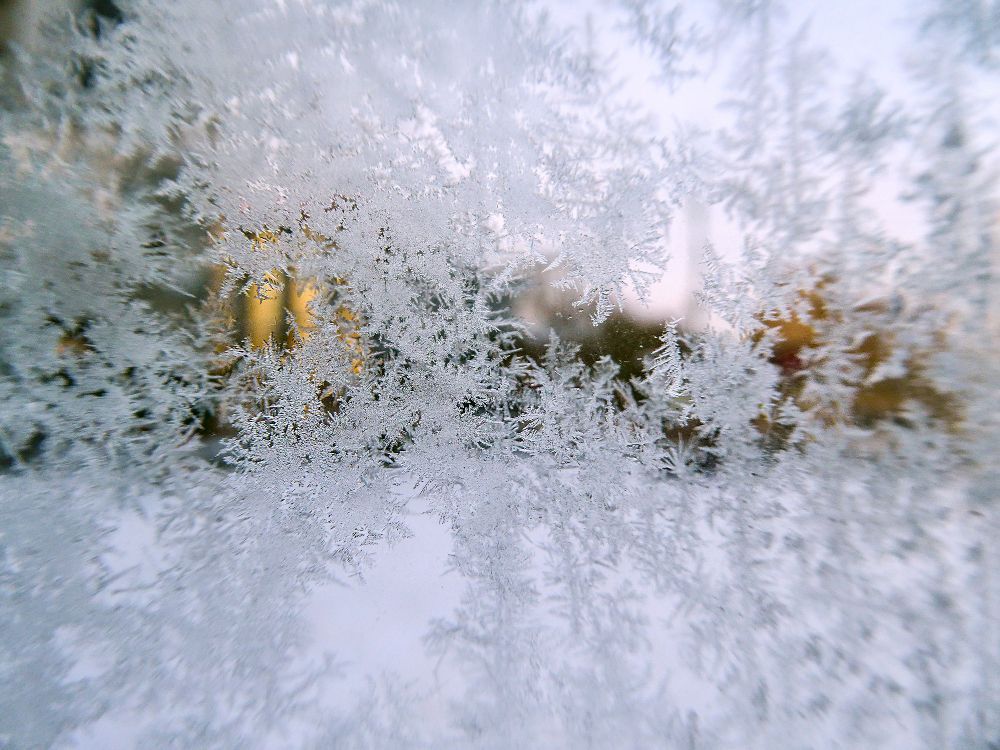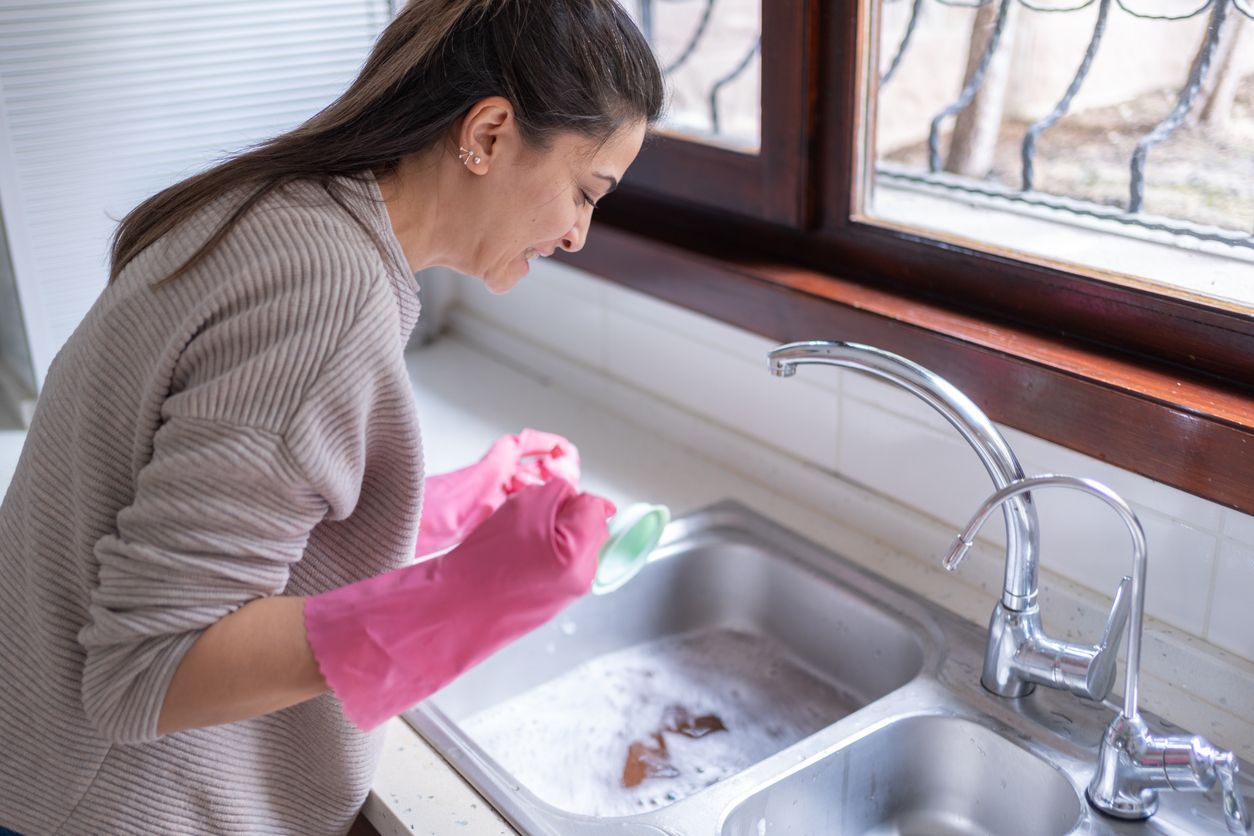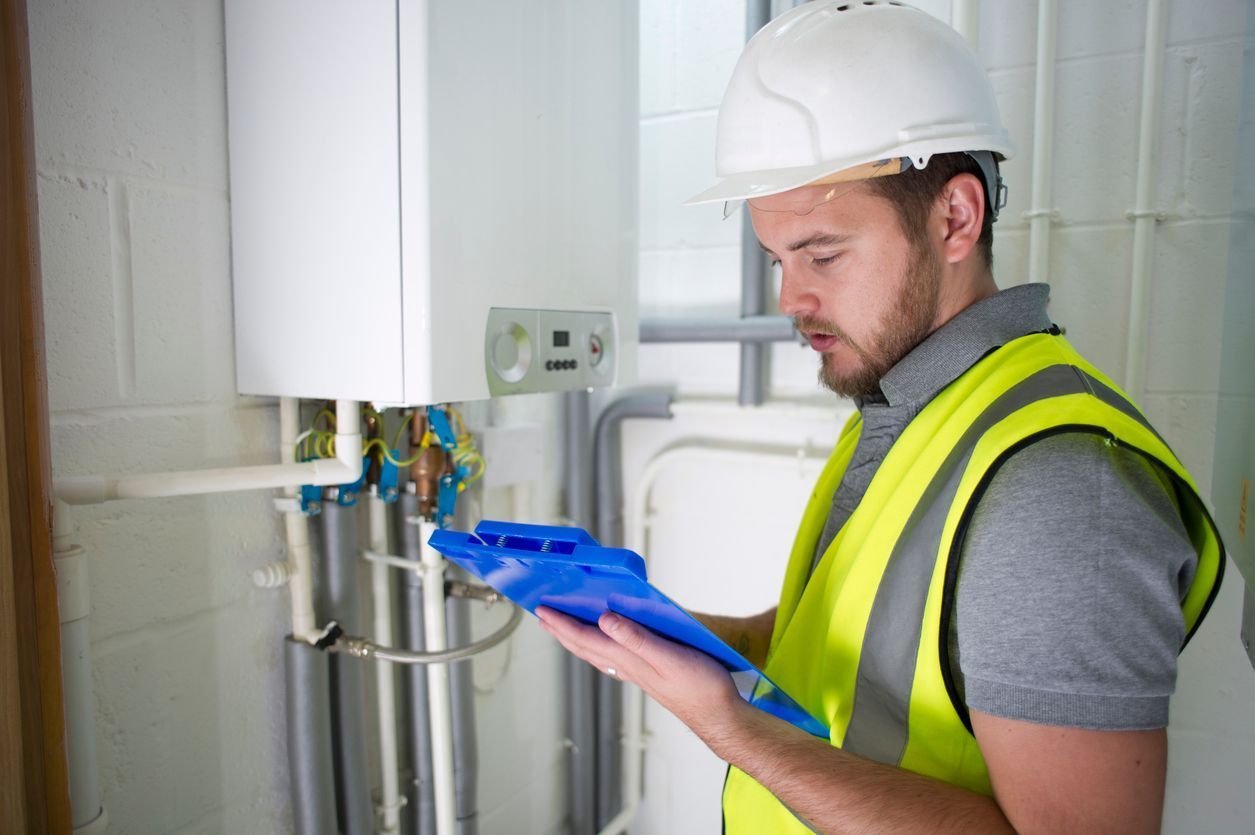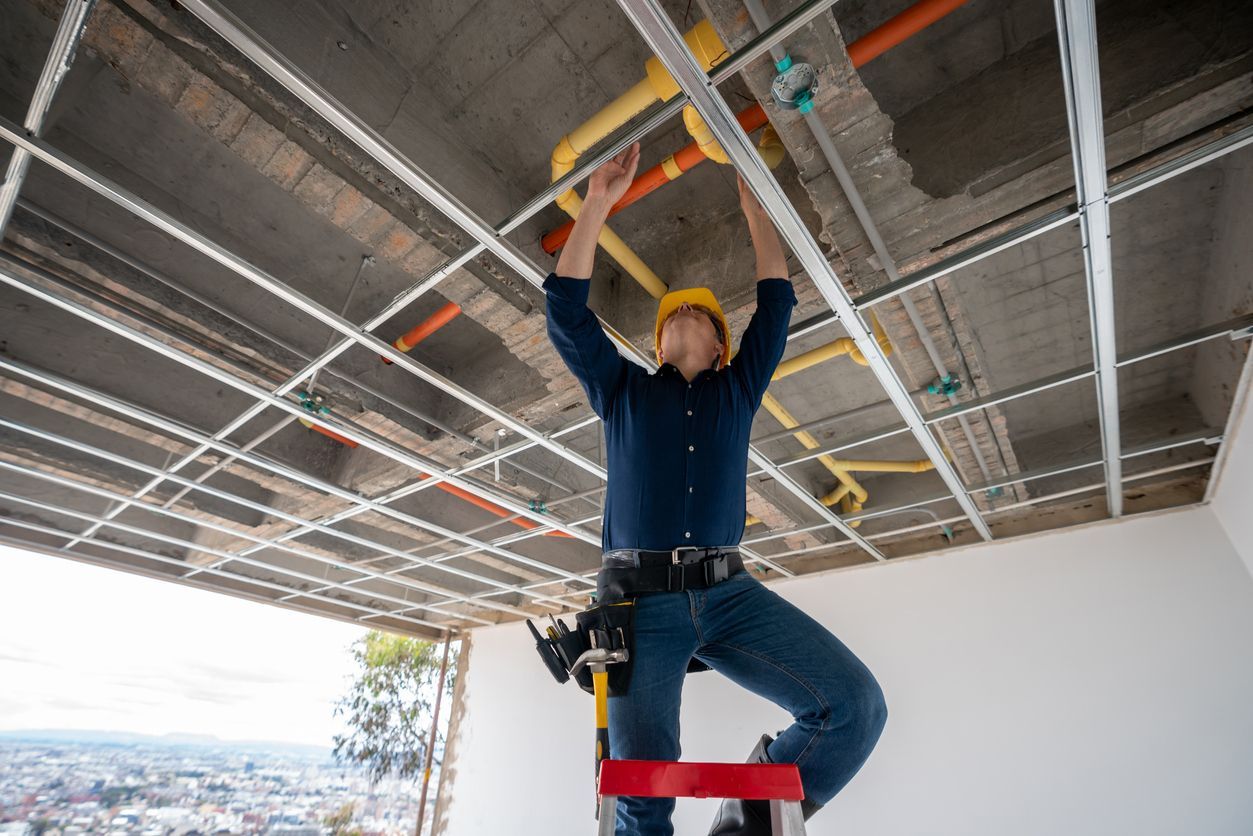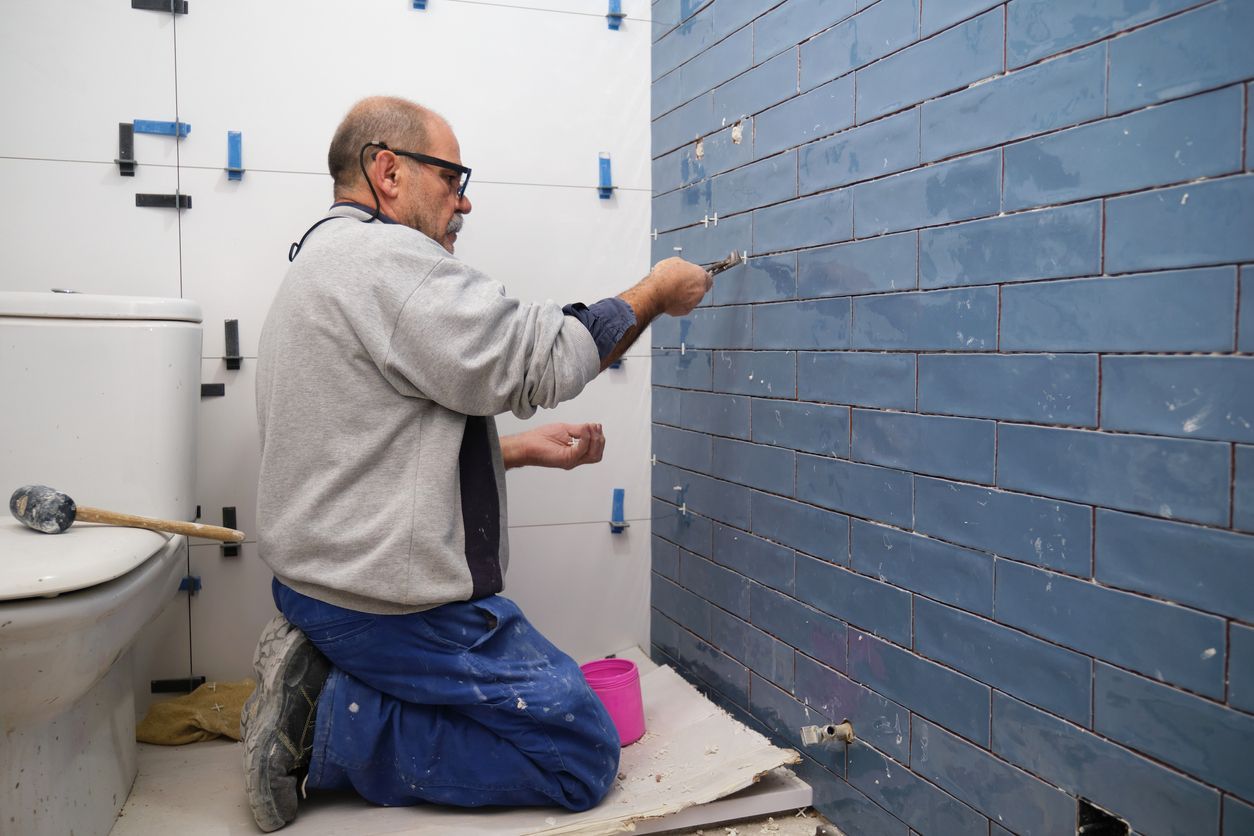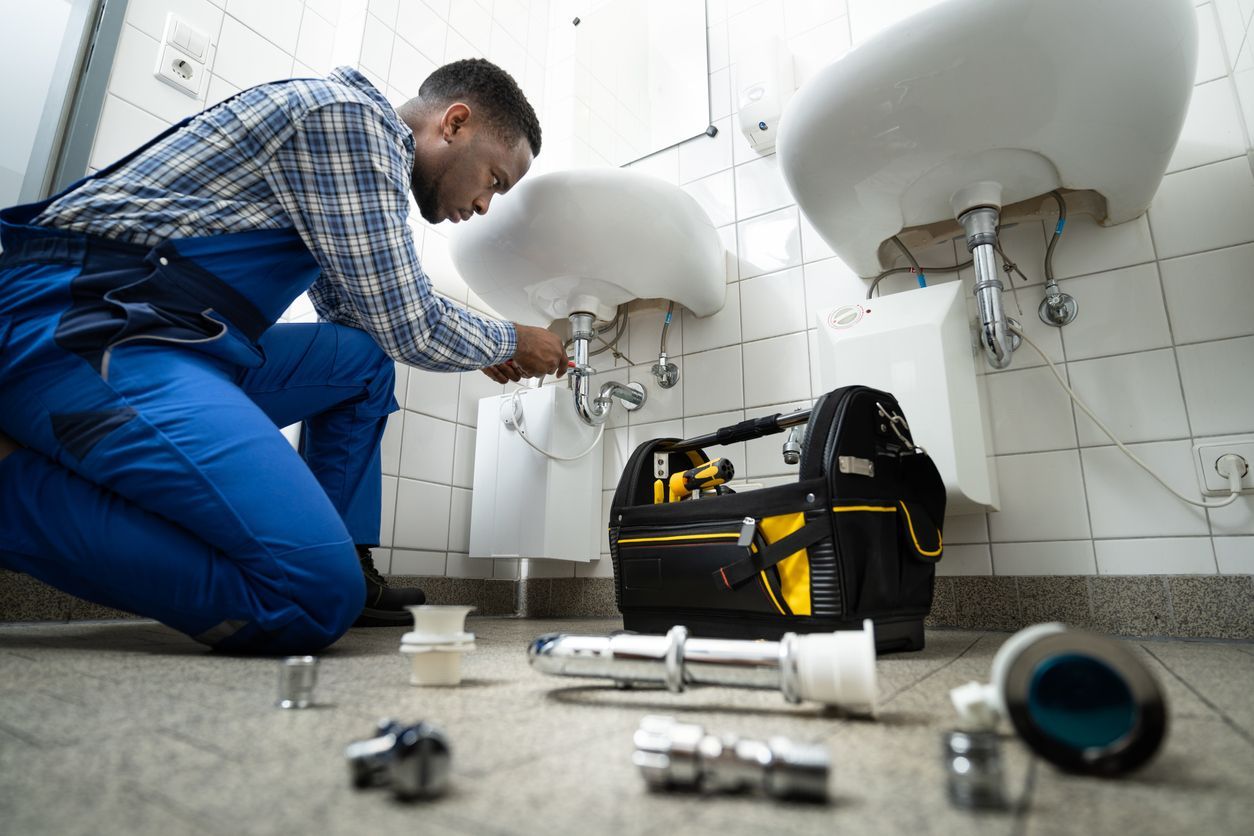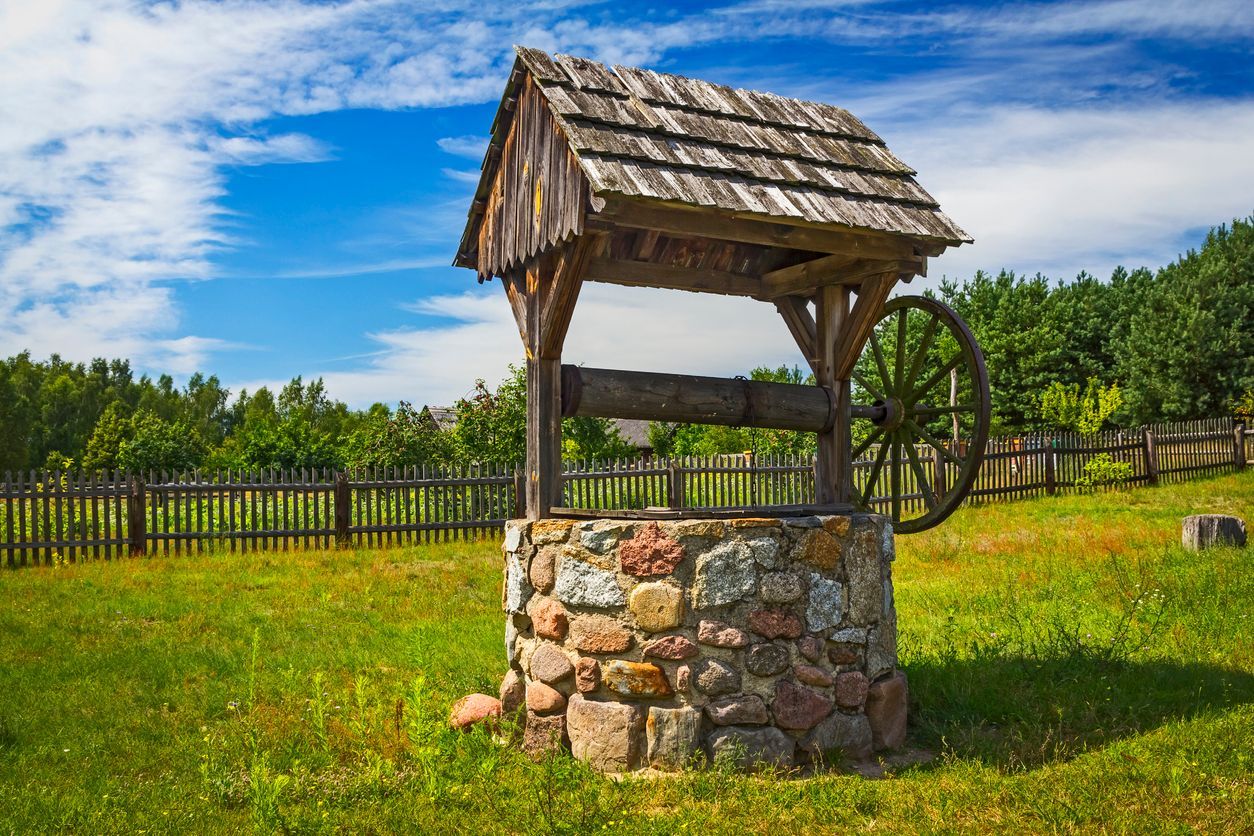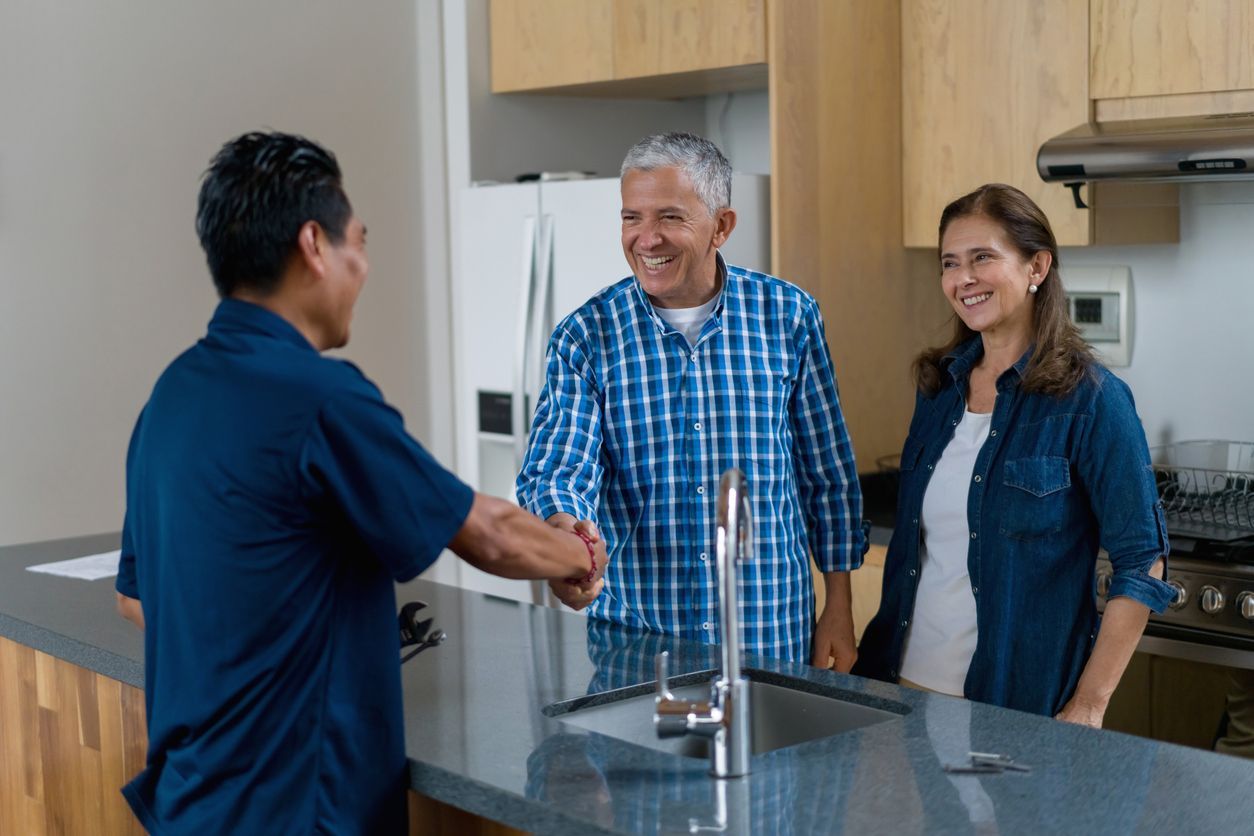Tips for Self-Inspecting a Water Heater
Tips for Self-Inspecting a Water Heater
There's nothing worse than turning on the faucet to take a hot shower but getting nothing but ice-cold water! To avoid this very unpleasant surprise, here's a simple water heater inspection you can perform yourself every 6 months.
How to Inspect Your Water Heater
When you begin your inspection, the first thing you should do is check the manufacturer's label on the front. This will tell you the water heater's age. Water heaters generally last about 10 to 12 years, so if yours is older, be sure to keep an eye on it.
Next, have a look for signs of rust. Check the following areas: where the piping enters and exits the water heater, the relief valve (under and around it), and beneath the water heater at the floor level. You may find rust in other areas. If so, note it. If your household water is rust-colored, this may be a sign your water heater is failing.
Listen to the unit for any strange noises. If it's rumbling or whining, it might be because sediment (rust or minerals such as calcium carbonate) has built up at the bottom of the tank.
Check the water heater for leaks. A significant leak will jump right out (water puddling on the floor), but smaller, slow leaks might not be noticeable at first glance. Look at the tray underneath the tank and see if it contains any water. Also, inspect connections, valves, and pipes to see if they are leaking.
Check your water heater's temperature setting. The Consumer Product and Safety Commission recommends that this appliance be set at 120 degrees Fahrenheit. This should be hot enough to sufficiently heat water for your family each day while remaining safe and cost-efficient. If you've noticed a dramatic increase in your energy bill or it's been steadily rising each month, the heater may be failing.
Also, take note of any smells. Your water heater shouldn't produce any odor at all. However, if your water heater is emitting an odor like rotten eggs, that's an indication of hydrogen sulfide, which is a hazardous gas. When this gas gets into your water, it can affect the taste of food and even discolor fixtures and surfaces.
How do I know it's time to replace my water heater?
If your water heater has a significant leak, is running noisily, won't heat, has rust inside the tank, smells like rotten eggs, or has been gradually consuming more energy, it's time for a new one. Contact N&J Plumbing for more information and fast installation options!
